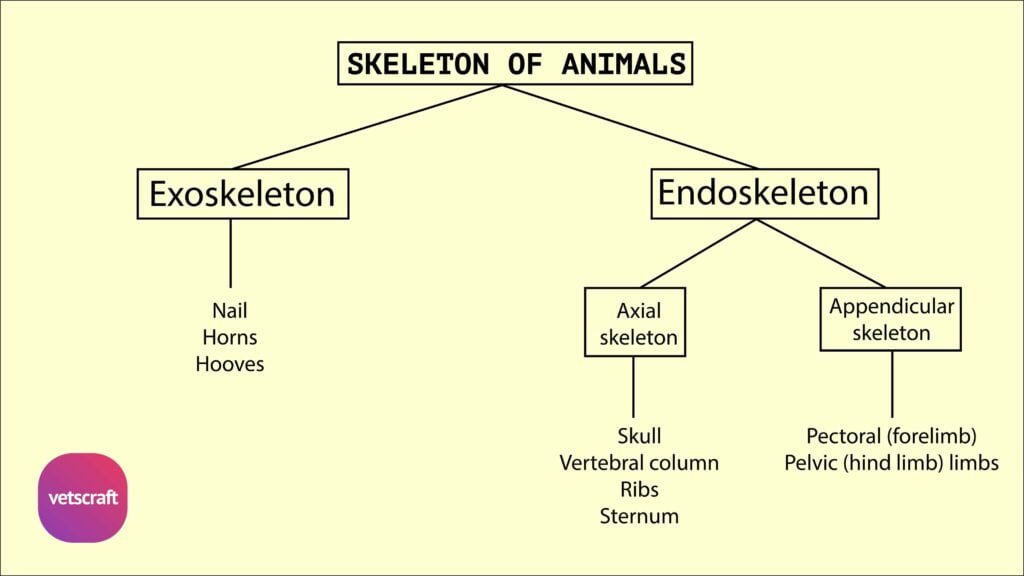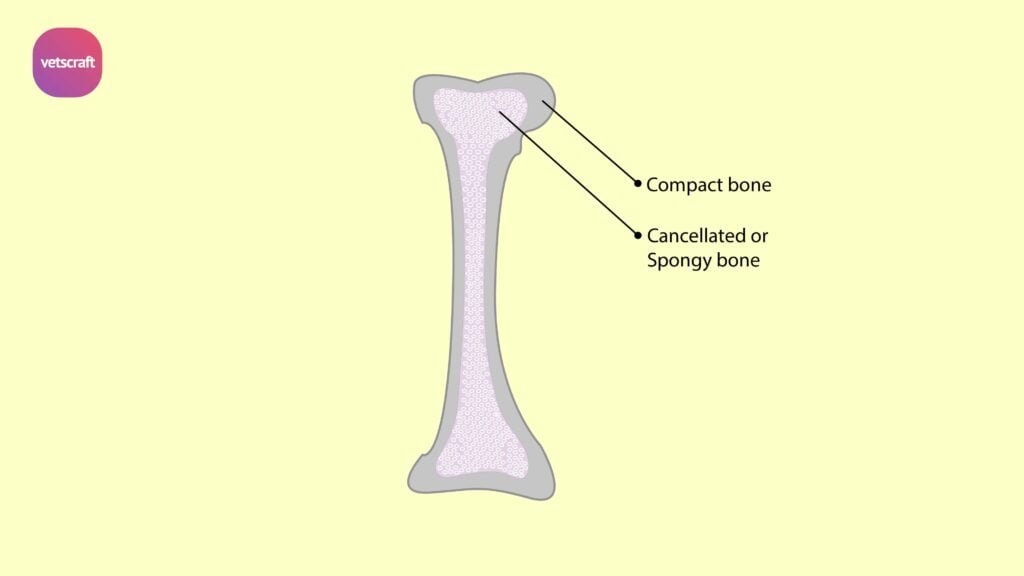TABLE OF CONTENTS
Polarity and Membranes of Egg
Polarity of Eggs
The egg consists of two poles namely animal and vegetal pole. The animal pole is the one where the nucleus of the egg lies. The opposite pole, where the yolk is accumulated is called the vegetal pole. This type of arrangement is seen in amphibians, reptiles, and birds.
In domestic animals and man, the nucleus is at the center of the egg and the animal pole refers to the pole where the polar bodies are accumulated.
Membrane of Ovum
Like any other cell ovum also has a membrane – oolemma, inside which the cytoplasm, nucleus, yolk and other organelles are situated. In addition to the oolemma, the other egg membranes also surround the ova. The egg membranes surrounded the ovum itself are called the primary egg membranes. They are –
- Vitelline membrane: It is the primary egg membrane of amphioxus, amphibian and birds. Initially they are very closely applied to the surface of the oolemma. But at the later stage, a space filled with fluid may appear between the oolemma and vitelline membrane and is known as perivitelline space. The vitelline membrane contains mucopolysaccharides and certain fibrous proteins. Its envelope is essential for species-specific binding of sperms.
- Zona pellucida: It is the primary egg membrane of mammal, which is a clear, non-cellular membrane situated outside the oolemma of the mammalian ovum.
- The mammalian egg also surrounded by several layers of cells called the cumulus cells. These represent the ovarian follicular cells and are actively involved in the transfer of yolk constituents to the ovum. The mammalian sperm has to pass through these cells to fertilize the egg.
- The egg membranes secreted by the follicular cells of the ovary are called secondary egg membranes. E.g. Corona radiata – the layer of cumulus cells immediately outside the zona pellucida of the mammalian ovum.
- The egg membranes secreted by the glands of oviduct and uterus are called tertiary egg membranes. E.g. Albumen and shell membranes in birds.

